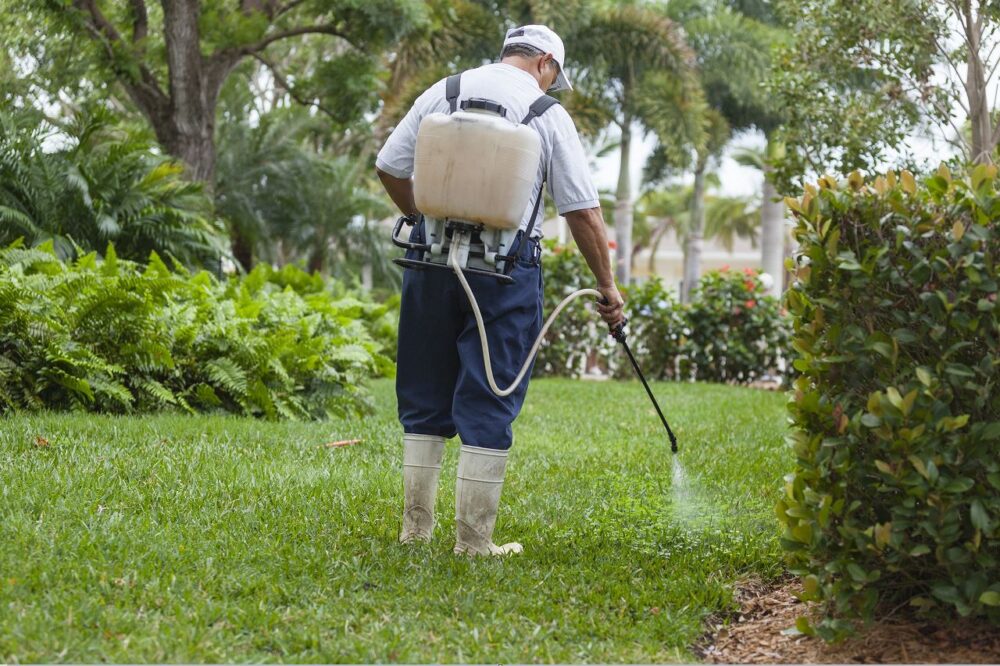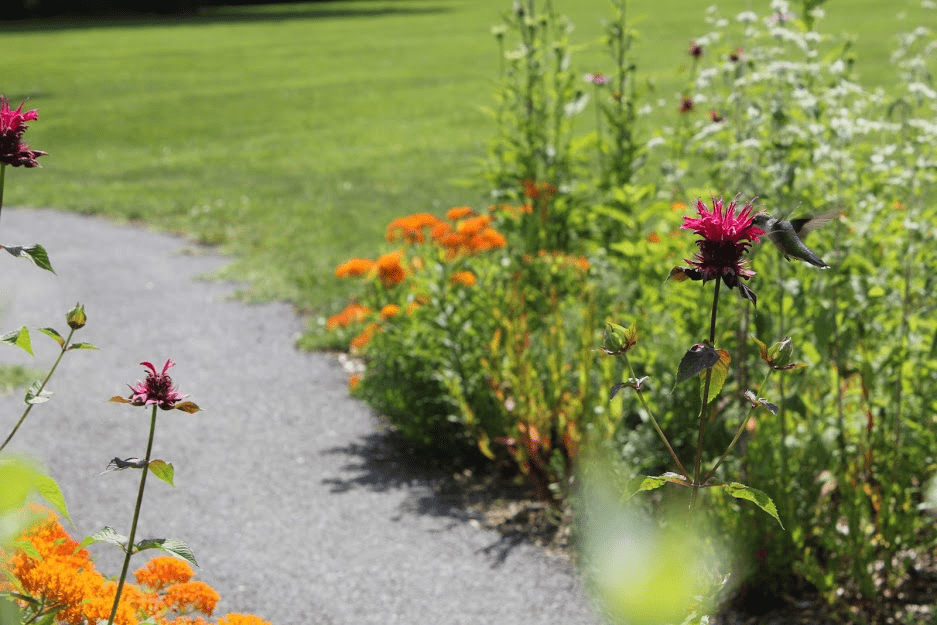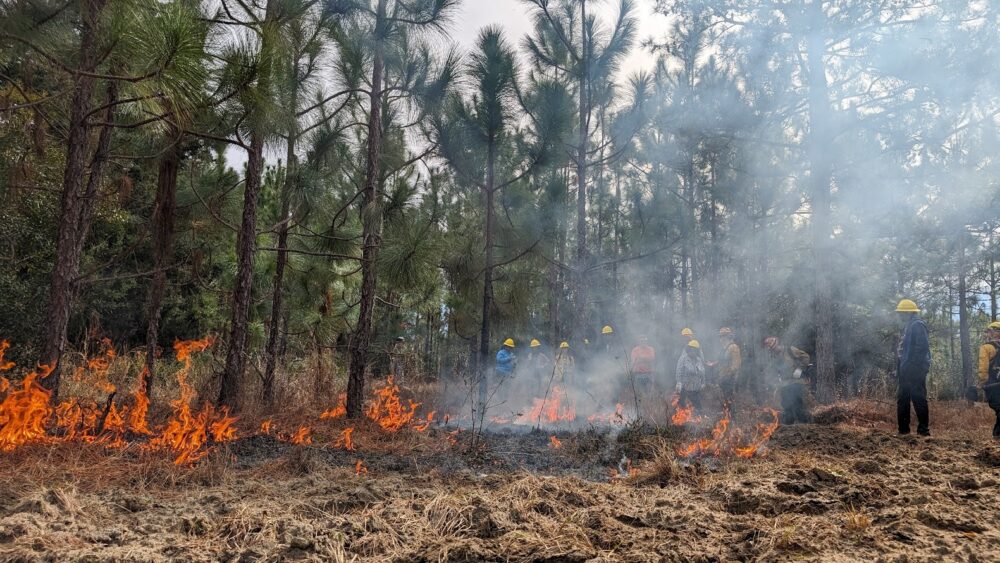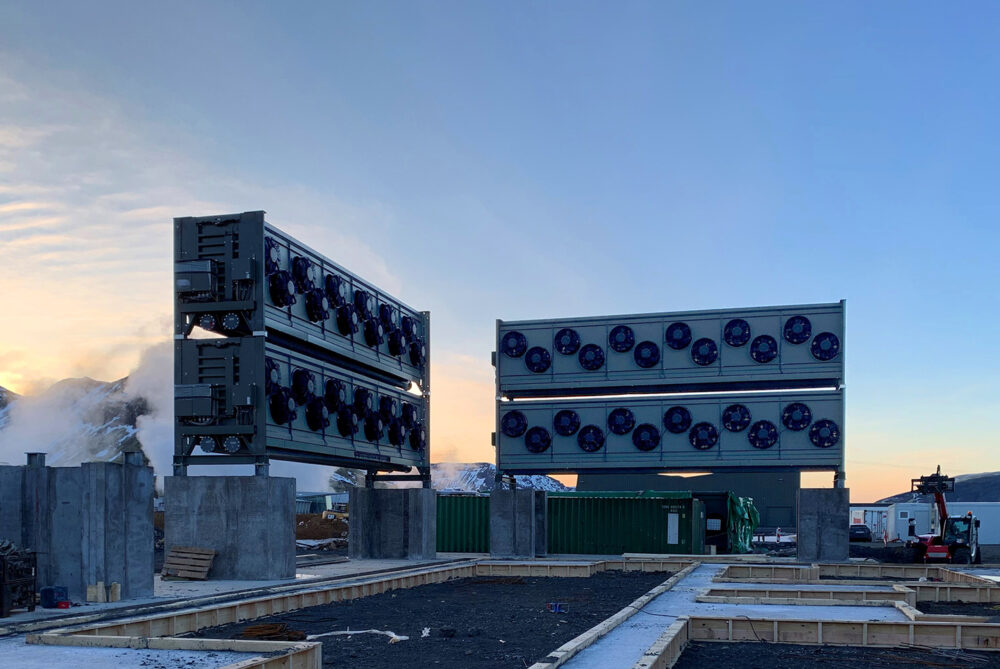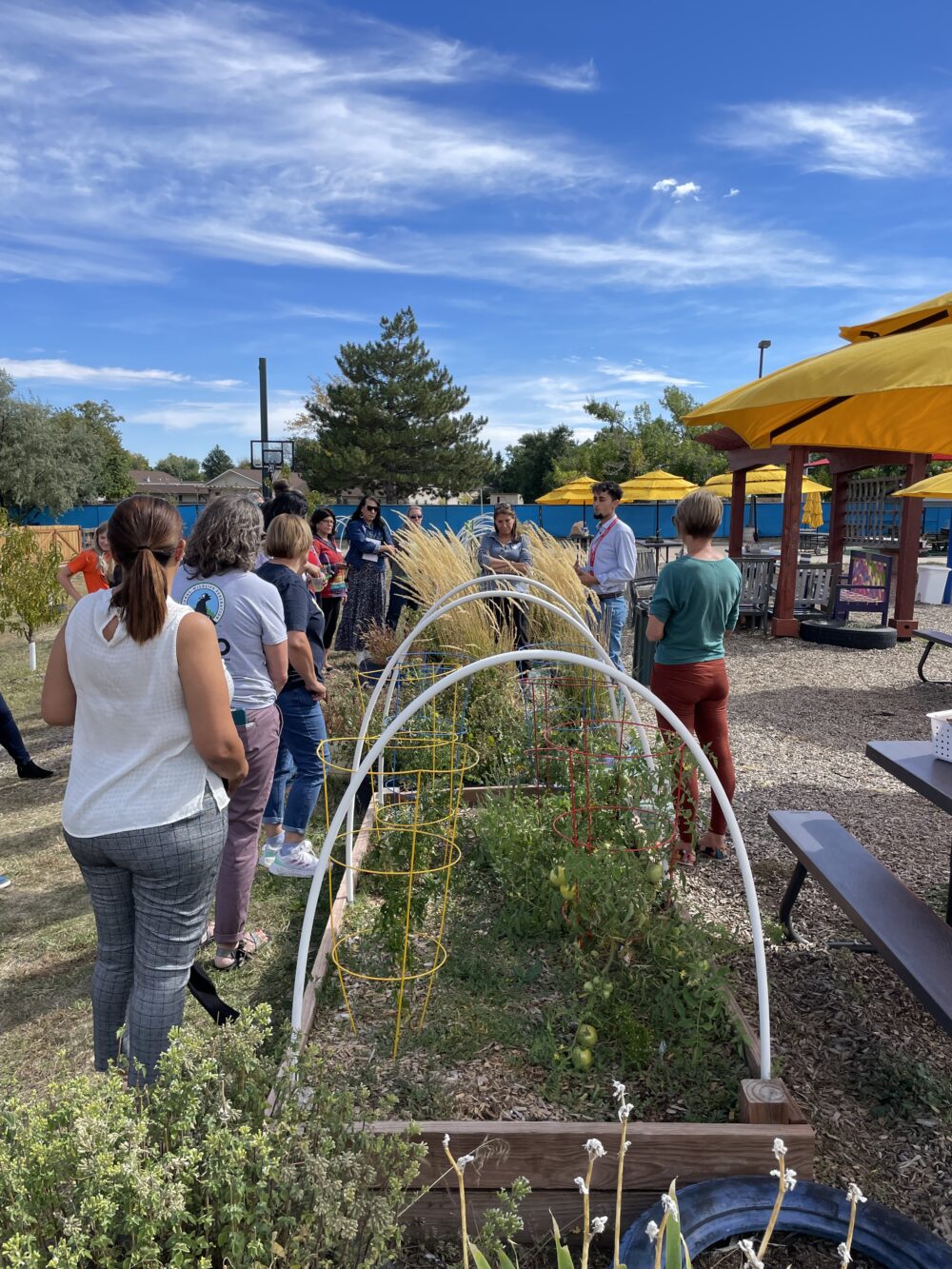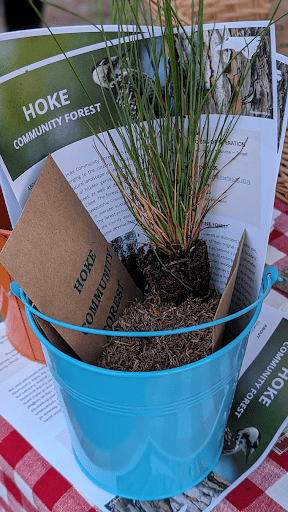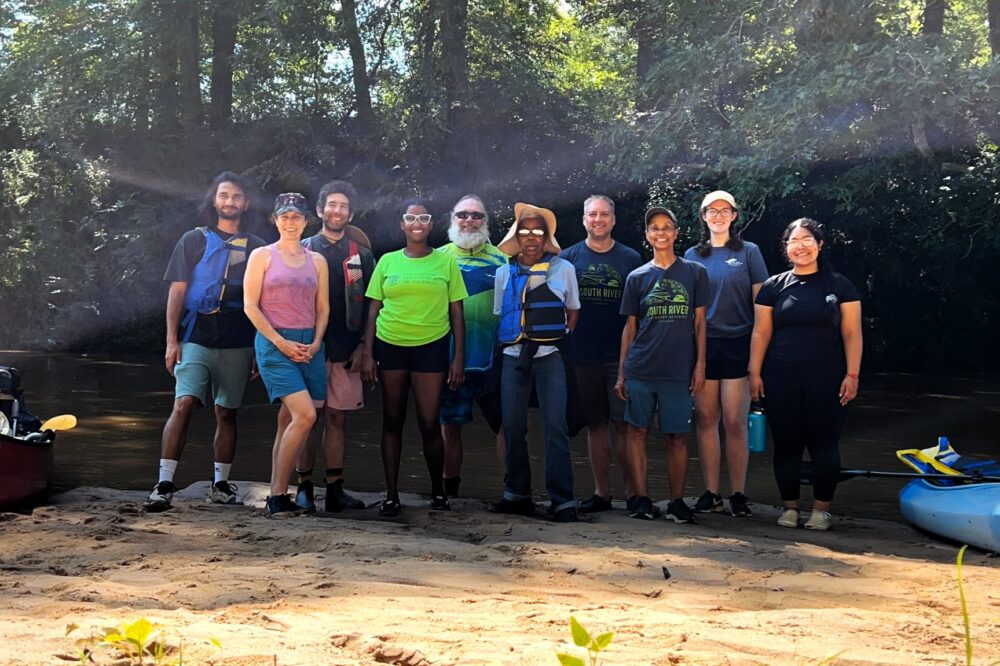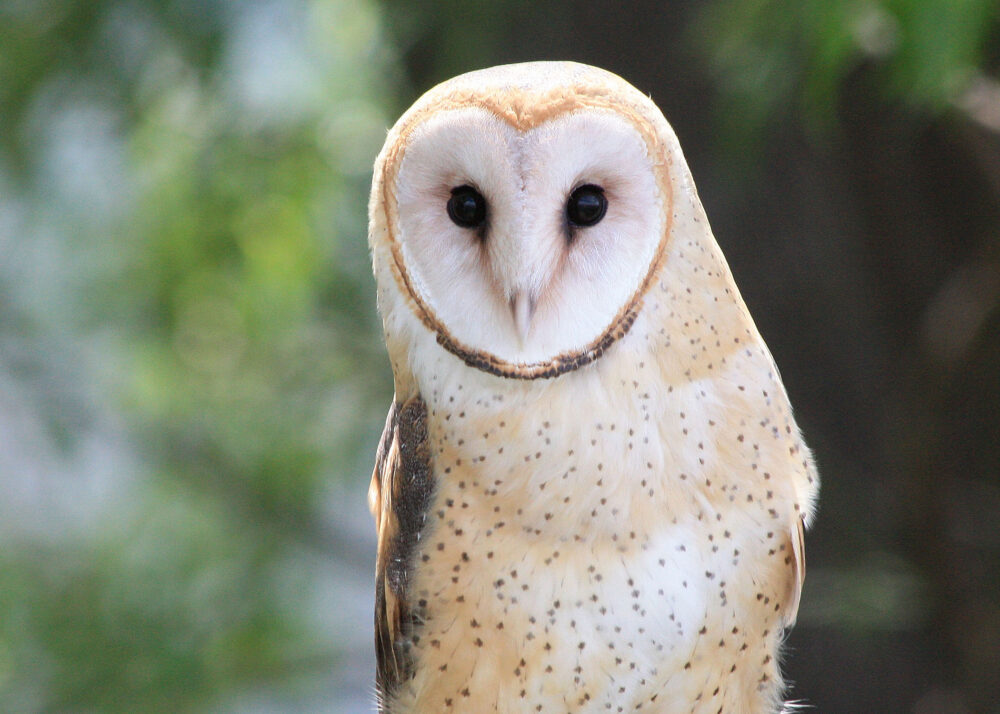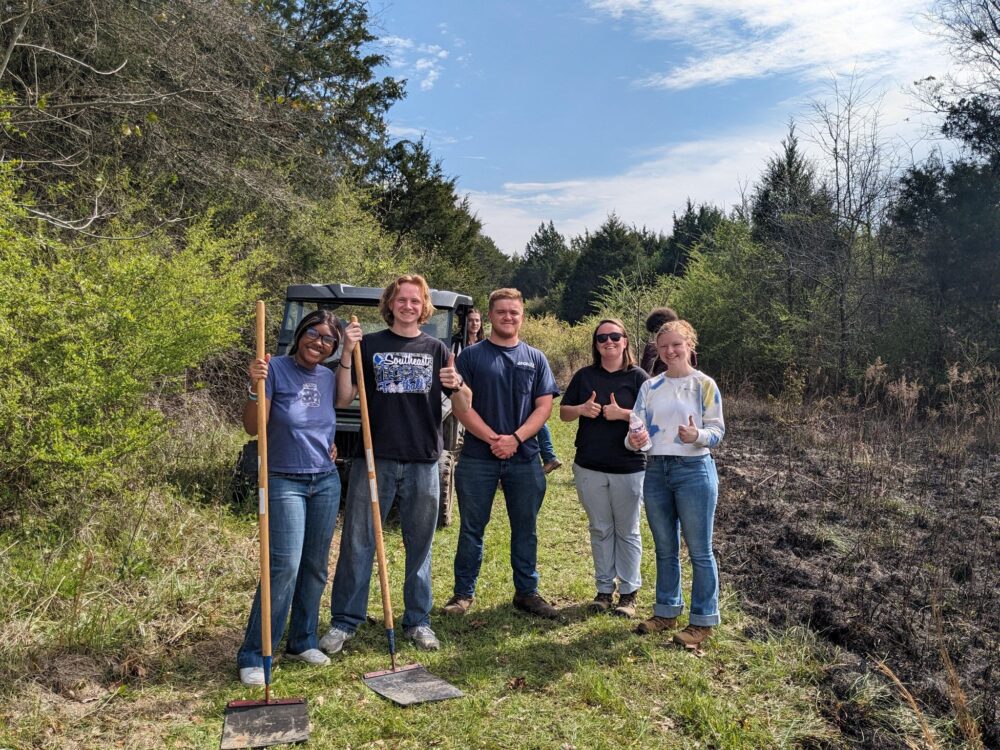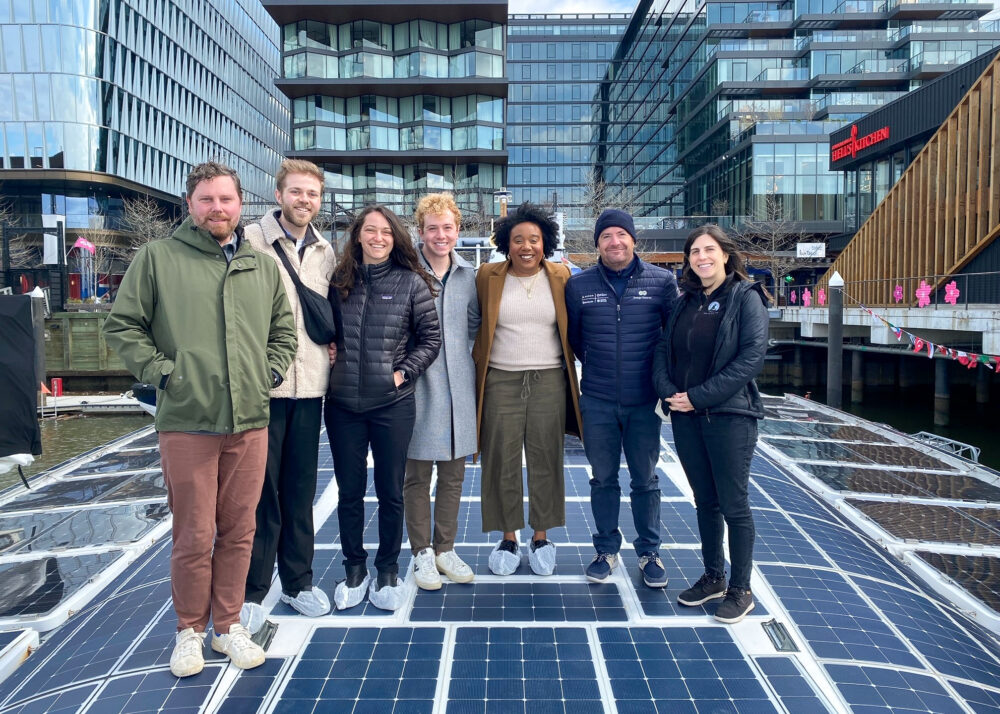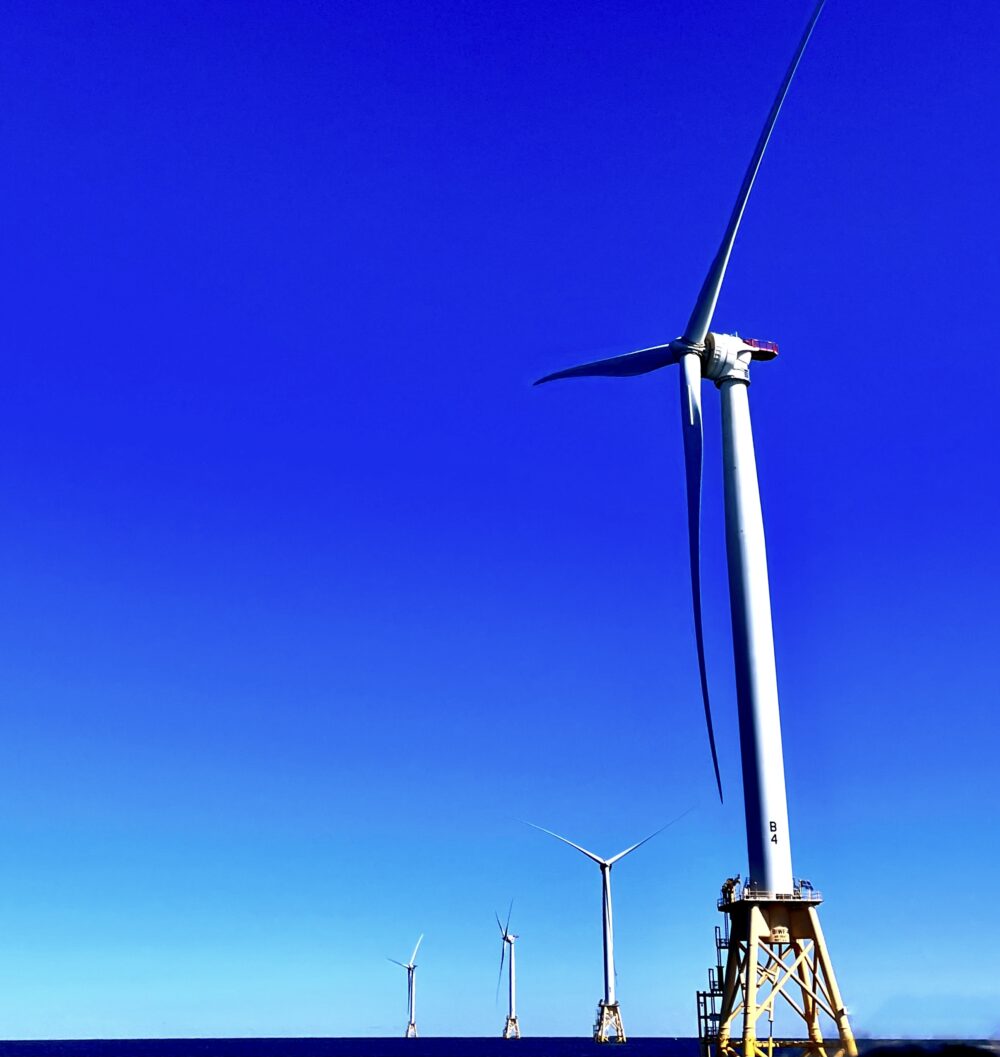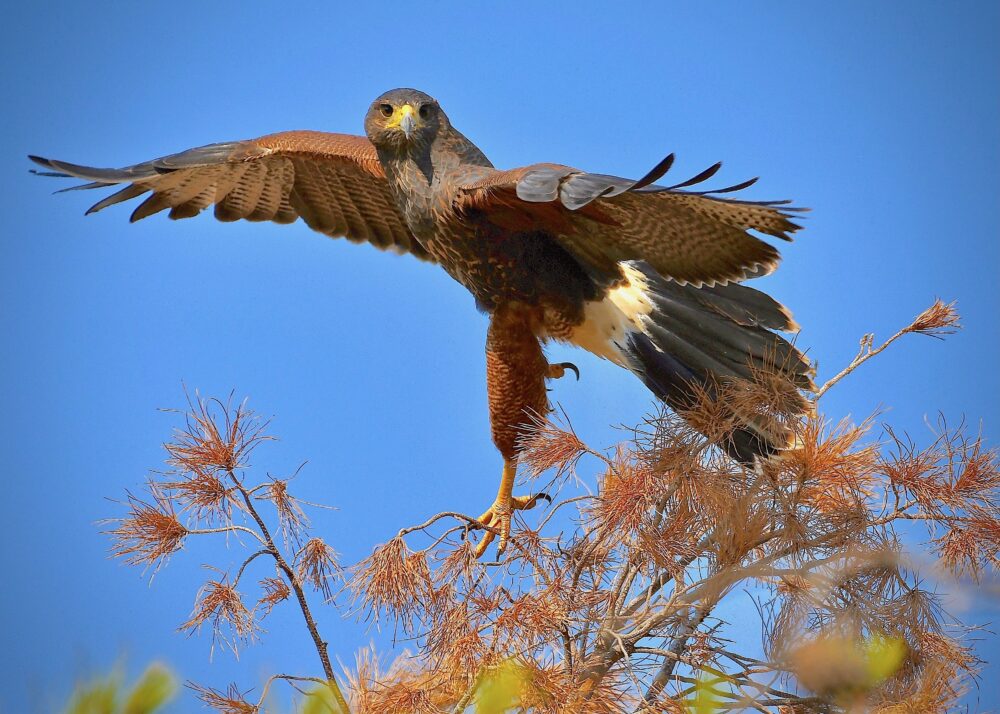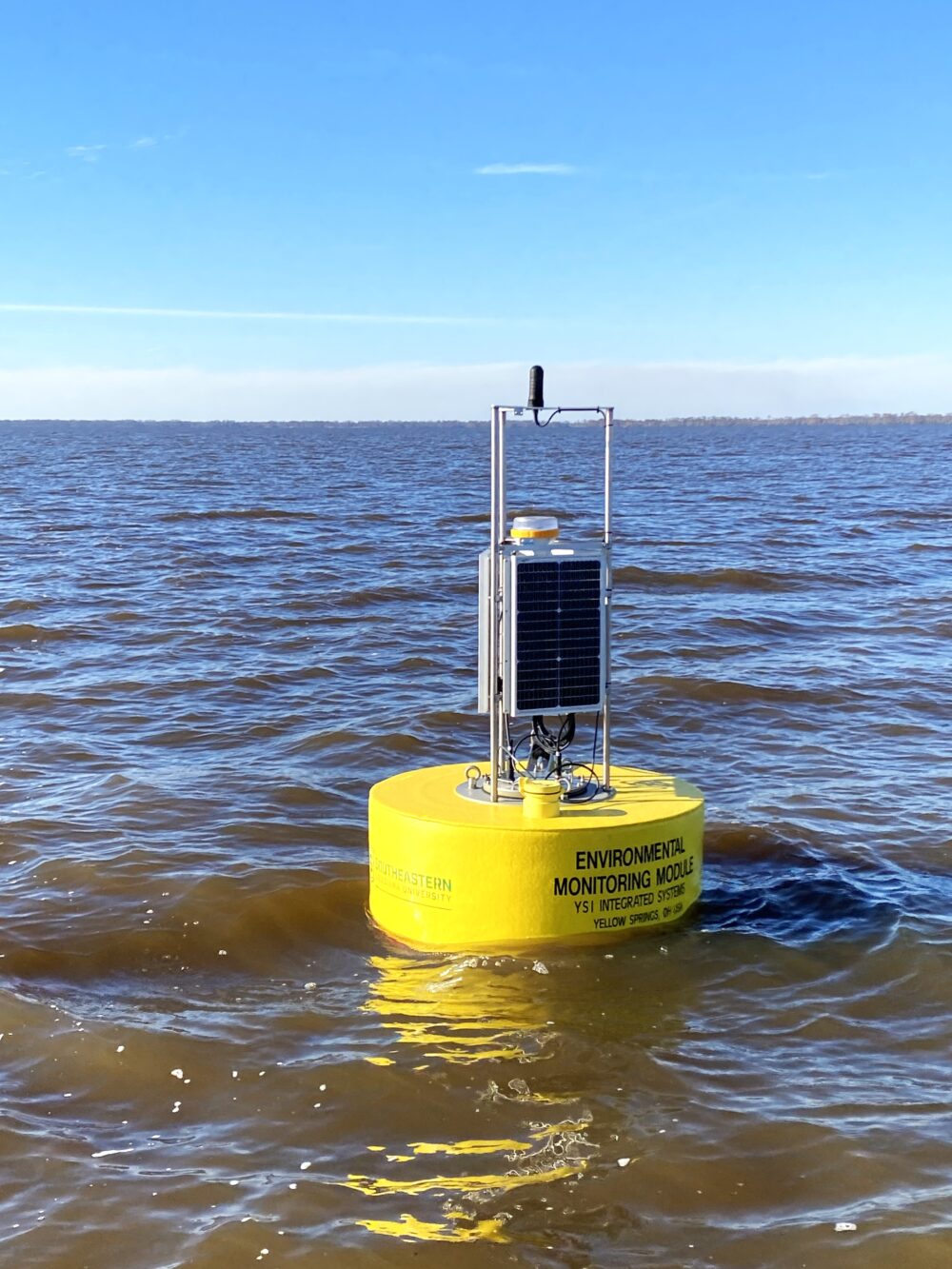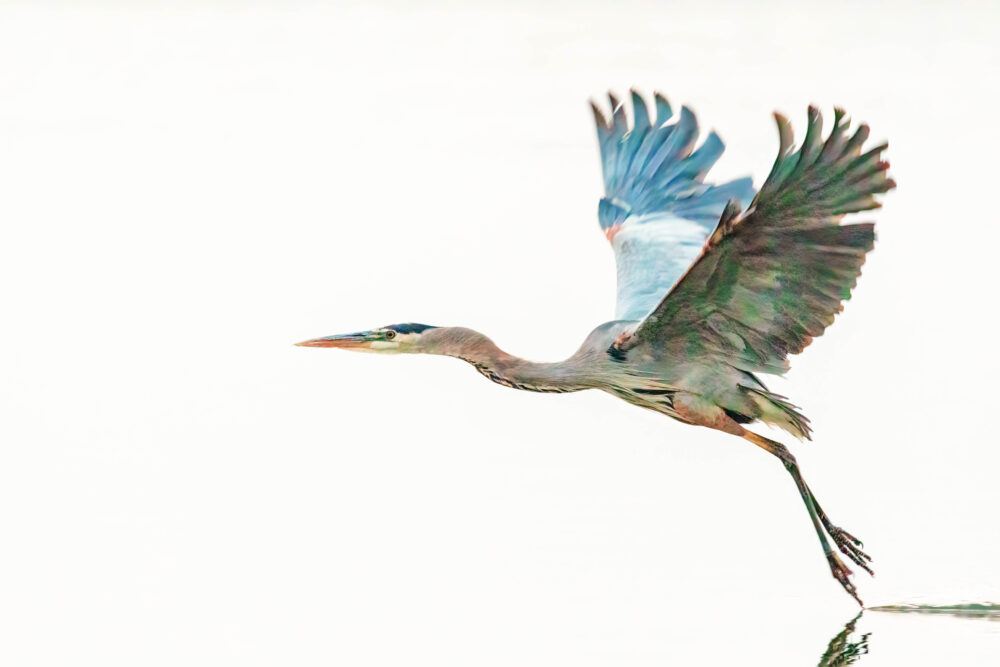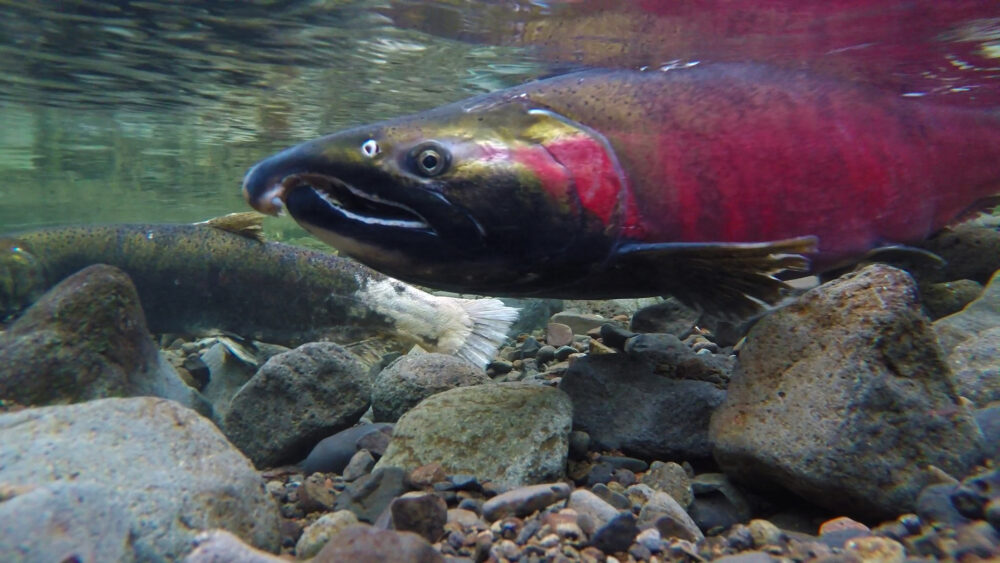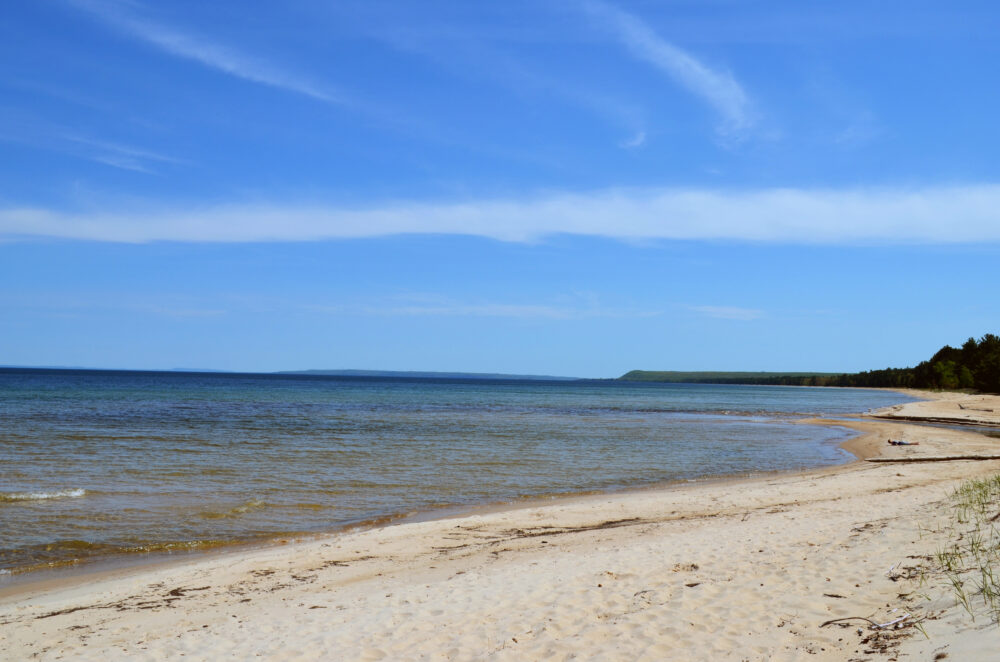We have much more to do and your continued support is needed now more than ever.
Working to Protect Wildlife at the International Climate Change Conference

Last year’s negotiations in Warsaw, Poland culminated in the adoption of a technical framework to reduce carbon pollution associated with the clearing of forests – it’s called the Warsaw Framework for REDD+ (“REDD +” means Reducing Emissions from Deforestation and Forest Degradation). Since then we have even more reasons to be optimistic. In September, the UN hosted a Climate Summit in New York, yielding the New York Declaration on Forests, in which over 130 governments, international companies, and civil society organizations pledged to halve global deforestation by 2020 and end it by 2030. In addition to saving invaluable wildlife habitat, implementation of this Declaration would prevent the release of dangerous carbon pollution equivalent to removing the one billion cars that are currently on the world’s roads! November’s historic bilateral climate agreement between the U.S. and China has also bolstered the image of the U.S. in the eyes of the global community, and given a renewed sense of hope to the international negotiation process.
So what does all of this mean for the Lima negotiations?
Essentially, Lima is a preparatory meeting for next year’s negotiations in Paris, where we hope countries will finally decide on the architecture of a new global climate agreement, to begin implementation in 2020. While forests won’t be front and center this year, they will play a role in several ongoing negotiations as part of the overall package. One outstanding issue to be tackled this week: the government Parties will need to decide whether additional guidance is needed on what they call “Safeguard Information Systems” (SIS), which are meant to promote transparency and guard against unintended social and environmental consequences of REDD+ activities (e.g. ensuring that land protection rules don’t infringe on the rights of indigenous peoples).
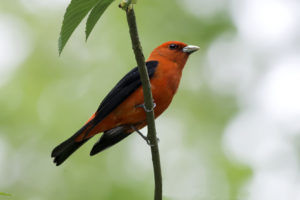
Because climate change impacts us all – including in the U.S. – the U.S. has a very important role to play. I’m unexpectedly reminded of the global interconnections that climate change represents while writing this very blog, as a flash of bright red catches my eye. Almost as though on cue, a Scarlet Tanager briefly settles in the tree next to me. This is one of the most beautiful songbirds of the Eastern U.S. forests, and it spends winters in South America, including Peru. I’m thrilled to spot this unexpected guest so far from home.
While we know that global efforts to reduce deforestation will indirectly benefit U.S. wildlife through mitigating climate change, the Tanager’s fly-by is a powerful reminder that protecting tropical forests will also directly benefit some of our most colorful and awe-inspiring species.
Stay tuned over the coming two weeks for more updates from Lima by NWF staff Dr. Nathalie Walker, Ryan Sarsfield, and Simon Hall!


